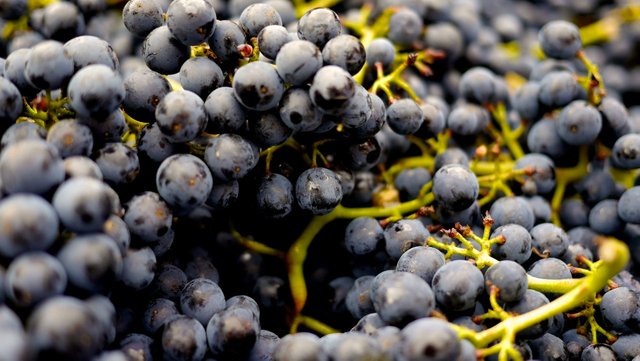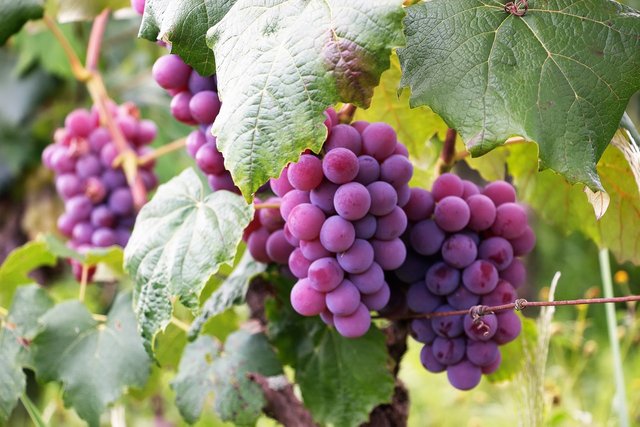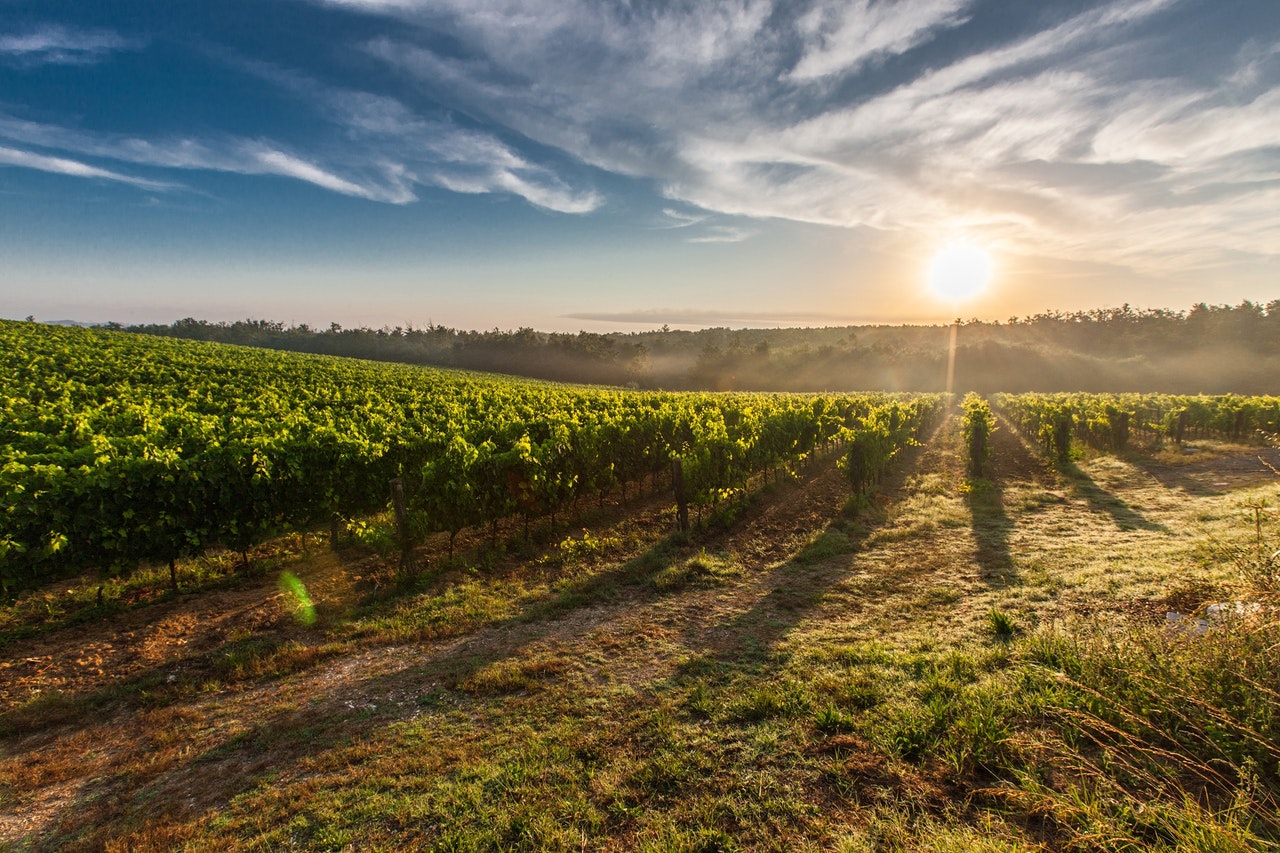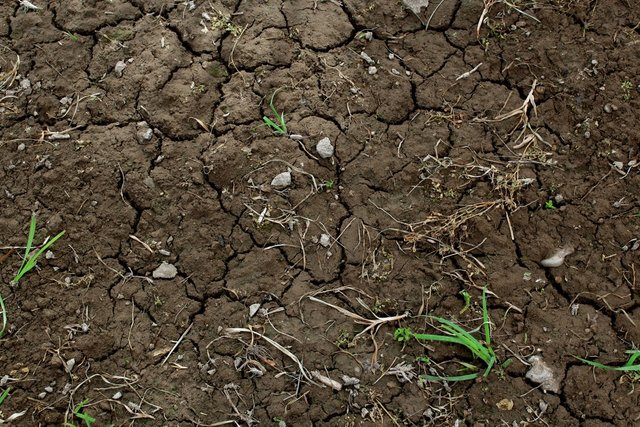HOW TERROIR AFFECTS WINE STYLES IN MENDOZA, ARGENTINA
Mendoza is a province in Argentina that produces some great Malbec wines, among other grapes. It is in the Northern middle part of the area. It is on the Eastern side of the Andes, and it is a place with a large population. The wine producing regions of the area are near the Andes. Concerning the history, the winemaking process in Mendoza is old, and priests planted the first vines in the late 15th century.
The Malbec grape came to the area, and this history has had an influence on the wine styles and the wine processes (6). In the 1800s there was a pest that was attacking vines, and the Italian and Spanish farmers went to Mendoza because it did not have the pests. They influenced the wine practices of the area because they practiced old word farming practices. Wine production increased and soon the domestic market was no longer an option for the people of Mendoza (3).
Introduction
Terroir is a term that is common in winemaking, and it refers to the environmental issue that affects a crop/vine. It is an inclusive term, and the three factors that represent terroir are soil topography and climate. However, apart from these factors, history also affects the terroir of a place as well as the winemaking styles. Terroir affects the wine regarding how it tastes and smells. The climate affects how the grapes grow.
Climate is about humidity, temperatures, and precipitation. Some grape varieties love rain and humid conditions. However, those that grow in warm areas have sugar, and those that grow in cold areas are more acidic. Soil affects how the plant grows and where it has enough minerals. Some of the qualities that have led Mendoza to be among the greatest wine producers there are factors of soil, topography and climate and these have influenced the type and style of wine that the region makes.
Climate
Regarding climate, the area is arid, and rainfall happens during summer. The summers are hot, and there is a lot of moisture in the air. The temperatures are at a high of 25 degrees Celsius. In January the temperatures are 32 degrees during the morning and daytime, and they fall to 14 degrees in the evening and night. On the other hand, the winter is cold but dry. There is little moisture in the air, and it does not rain.
When it comes to climate, a region can either be a warm or a cold climate. When farmers grow grapes in warm climates, the resultant wine is sweeter. This concept is the same for fruits. Colder climates, on the other hand, tend to produce acidic and low sugar wines. The wines that are from warmer regions tend to have higher alcohol content because, during the wine making process, yeast breaks own sugar to alcohol.
The Mendoza River, on the Northwest of the province, is an excellent source of water for the vines. The water supply and the climate affect the wine that the region produces. The climate is semiarid, and this means that it experiences warm summers and cold winters (8). The Andes blocks the humid currents that come from the Pacific from reaching the vines. During winter, the region is prone to hail and storms.
During winter the annual rainfall us about 200mm. The climate ensures that the wines have taste and tannins and the wines that come from this region can go through aging. The Malbec wines from the area age beautifully. There are also other red wine grapes that do well in the field like the Cabernet Sauvignon (2). Wine experts describe wine from this region to be fruity and spicy.
When describing a red wine, flavors include dark fruits, earthy tones and spices like pepper. They also do not have a lot of minerality because of the soil. The soils do not hold a lot of minerals for the plant. They also have few tannins that are flavours that come from red wine grape skins. The white wines from the region are mild green with acidity, and the Reds are violet and plum with fruity and spicy flavors.
In the Uco Valleys, there are cold winters and warm summers, and it is a place that farmers make quality wine. The region has warm harvest seasons, and this enables human capital to pick the ripe grapes and to ensure that the others ripen over time. In most countries, the weather affects the farmers and how they pick their harvest. The area receives thunderstorm when it’s raining, and this spoils the crops.
Topography
Another part of terroir is the topography, and it has a lot to do with the altitude of the region, whether the area is flat or rocky and how this affects farming and winemaking. This region has higher altitudes, and when a region is at a higher altitude, it is cool. This means that the wines are more acidic and less sweet. High altitudes also predispose the grapes to the sunlight. In Mendoza, the average height is 900 meters. Although the change in elevation is not a lot, it creates a difference in the wines.
The proximity to the Andes ensures that there are rain shadow and water to feed the vines (5). Another term that comes up is the terrain which deals with altitude, elevation and how mountains and oceans affect the vineyards. In Mendoza, the wine farms elevate at 4,000 feet, and they have higher acidity because the temperatures are lower than other elevations.
The night temperatures are also very small. An example of a sub region with good wine is the Uco Valley because it makes some highly acidic and good quality Malbec wine (10). Although the region is near the Andes, it is relatively flat, and farmers can pick the harvest quickly. This also helps the farmers to pick the ripe grapes and to leave the others. If it were in a sloping or hilly place, the farmers would be forced to resort to mechanized picking which is not effective when it comes to choosing between ripe and unripe grapes.
Soil
Each country has unique soil from type to composition. The land is unique because of the earth’s activities and history. The rocks and minerals are also different, and some places have sandy soils while others have clay or loam soils. Vineyards also depend largely on the soils that the farmers plant. The different soils affect how the wine tastes and how the grape perform. Often, winemakers will describe a term, minerality, which refers to the mineral taste of the wine. It depends on the soils that the farmer planted the crops on (9).
Mendoza has alluvial soils, and some of the soils have large granules, and this prevents waterlogging and ensures proper drainage. The soils also let some nutrients pass beaus they cannot retain water. This means that they are not very helpful for the plant because the plant will not get the nutrients that it requires. The soils also have pebbles, and the sub soils do not hold nutrients. The area also has silt and clay, and this means that there is little or no organic materials. However, even though the area does not have the best soils it still impresses farmer by producing outstanding wine.
The Malbecs of the region have great flavor and qualities. Although the soils do not hold water, as well as clay soils, can, there are many water supplies to ensure that the plant gets water/ there are many rivers in the area (1). The mountain Rivers are seasonal while some are permanent. When the Andes Mountain caps melts because of change of weather and climate, the water flows into the rivers, and the rivers provide water for the vineyards. The farmers practice irrigation to ensure that their vines are hydrated. Sometimes temperatures are high, and the producers must make sure they dig boreholes.
Boreholes always provide water for the vines, and they are even in distribution in the area. Because of the strong history of the regions, modern farmers can improve on the traditional methods of irrigation, but they still work. Canals facilitate the irrigation and growing of vines. Although the soils do not retain water and minerals, they also have another effect. When the sun is shining during summer, the soil and gravel store heat and keeps the plant warm when the temperatures are bitterly cold. The soils that were part of the bedrock of the ocean originally have high calcium bicarbonate concentrates from coral. These are minerals for the plants (4).
Conclusion
In conclusion, terroir is a collective term that lists the factors that affect wine production in an area, and they include topography, climate, and soil. Topography is also called terrain. However, apart from these factors, history also affects the terroir of a place. History includes the methods of farming and how the traditional methods have changed the modern methods. For example, in the past, farmers in Mendoza would dig channels to help irrigate their vineyards are those channels are still visible today.
These channels have affected irrigation, crop yields, and wine style. The winemaking process also affects the wine style. For example, in a region where historical methods of farming were organic, this is bound to change the modern style. Climate changes wine style in many ways. Climate encompasses rainfall, humidity, atmospheric pressure, and temperature. The climate can be warm, or cool. Cool climates produce acidic and low alcohol wines while warm climates produce high alcohol wines with a high sugar content.
The soil is also part of terroir that affects the wine style. In Mendoza, there are sandy soils that drain minerals, and this can be evidenced by the wines with little minerality. Altitude affects the wine making styles because high altitude wines are acidic due to the low temperatures.
Sources
Cannavan, T. (2018). The influence of terroir: wines of Gualtallary, Mendoza, Argentina. Uk- wine-forum.co.uk. Retrieved 20 March 2017, from http://www.uk-wine- forum.co.uk/organise/wine-gualtallary-mendoza-argentina.htm
Catchpole, A. (2018). A Taste of Terroir: Argentina’s Diverse Wines & Wine Regions. Therealargentina.com. Retrieved 20 March 2017, from http://therealargentina.com/en/a-taste-of-terroir-argentina-diverse-wines-wine-regions/
Catena, L. (2011). Vino Argentino: An Insider's Guide to the Wines and Wine Country of Argentina (1st ed., p. 4). Chronicle Books.
Dougherty, P. (2012). The geography of wine (1st ed., p. 103). Dordrecht: Springer.
Gladstones, J. (2011). Wine, Terroir and Climate Change (1st ed., p. 220). Wakefield Press.
Goldstein, E. (2002). Wines of South America (1st ed., p. 60). New York.
Goode, J. (2018). Argentina series: part 1, the effect of altitude. Wineanorak.com. Retrieved 10 January 2018, from http://www.wineanorak.com/Argentina/argentina1_altitude.htm
Marchevsky, P. (2018). The Terroir of Mendoza. Mendozaourterroir.com.ar. Retrieved 10 January 2018, from http://www.mendozaourterroir.com.ar/terroir.htm
Puckette, M. (2018). Terroir Definition for Wine | Wine Folly. Wine Folly. Retrieved 10 January 2018, from http://winefolly.com/tutorial/terroir-definition-for-wine/
Winesofargentina.org. (2018). Argentina | Wines of Argentina. Winesofargentina.org. Retrieved 10 January 2018, from http://www.winesofargentina.org/argentina/regiones/cuyo/mendoza/
Join Steemit Kenya on Discord


@boosterke for SteemitKe






I wish Canada has a longer growing season so that I could grow grapes too.
I was actually researching about that sometime. Due to the winters, the grapes that can do well are Chardonnay, Merlot, Cabernet Franc and Riesling. These would be some to start with should you consider trying.
Congratulations, Your Post Has Been Added To The Steemit Worldmap!
Author link: http://steemitworldmap.com?author=jeanwandimi
Post link: http://steemitworldmap.com?post=how-terroir-affects-wine-styles-in-mendoza-argentina
Want to have your post on the map too?
Add the following inside your post:
!steemitworldmap xxx lat yyy long description d3scr
(replace xxx and yyy with latitude and longitude)
Nice information. :)
Thanks
@jeanwandimi ur really a source of encouragement
Why. Thankyou so much. :)
I have not yet encountered Argentinean Wine so far, I sure would like to try. Outstanding article, keep up the good work.
Thank you so much. If you come across it you should try especially the Malbec grape.
Wow, very well presented article-- although I like wine, I definitely learned a thing or two. We do get a few Argentinian Malbec wines in shops here... interested to try now!
Ah, then you should try them. Let me know what you think.